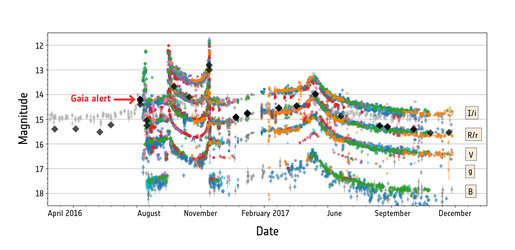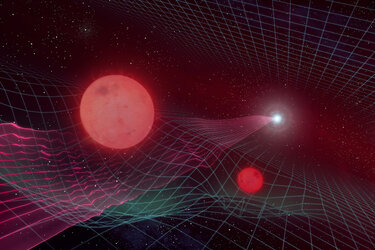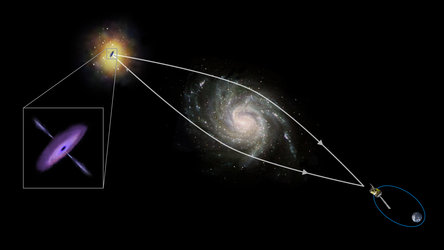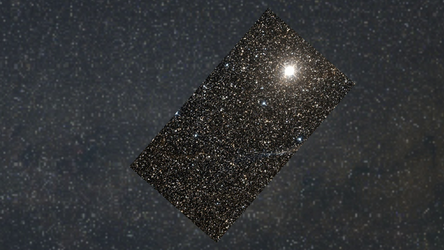Accept all cookies Accept only essential cookies See our Cookie Notice

About ESA
The European Space Agency (ESA) is Europe’s gateway to space. Its mission is to shape the development of Europe’s space capability and ensure that investment in space continues to deliver benefits to the citizens of Europe and the world.
Highlights
ESA - United space in Europe
This is ESA ESA facts Member States & Cooperating States Funding Director General Top management For Member State Delegations European vision European Space Policy ESA & EU Space Councils Responsibility & Sustainability Annual Report Calendar of meetings Corporate newsEstablishments & sites
ESA Headquarters ESA ESTEC ESA ESOC ESA ESRIN ESA EAC ESA ESAC Europe's Spaceport ESA ESEC ESA ECSAT Brussels Office Washington OfficeWorking with ESA
Business with ESA ESA Commercialisation Gateway Law at ESA Careers Cyber resilience at ESA IT at ESA Newsroom Partnerships Merchandising Licence Education Open Space Innovation Platform Integrity and Reporting Administrative Tribunal Health and SafetyMore about ESA
History ESA Historical Archives Exhibitions Publications Art & Culture ESA Merchandise Kids Diversity ESA Brand Centre ESA ChampionsLatest
Space in Member States
Find out more about space activities in our 23 Member States, and understand how ESA works together with their national agencies, institutions and organisations.
Science & Exploration
Exploring our Solar System and unlocking the secrets of the Universe
Go to topicAstronauts
Missions
Juice Euclid Webb Solar Orbiter BepiColombo Gaia ExoMars Cheops Exoplanet missions More missionsActivities
International Space Station Orion service module Gateway Concordia Caves & Pangaea BenefitsLatest
Space Safety
Protecting life and infrastructure on Earth and in orbit
Go to topicAsteroids
Asteroids and Planetary Defence Asteroid danger explained Flyeye telescope: asteroid detection Hera mission: asteroid deflection Near-Earth Object Coordination CentreSpace junk
About space debris Space debris by the numbers Space Environment Report In space refuelling, refurbishing and removingSafety from space
Clean Space ecodesign Zero Debris Technologies Space for Earth Supporting Sustainable DevelopmentLatest
Applications
Using space to benefit citizens and meet future challenges on Earth
Go to topicObserving the Earth
Observing the Earth Future EO Copernicus Meteorology Space for our climate Satellite missionsCommercialisation
ESA Commercialisation Gateway Open Space Innovation Platform Business Incubation ESA Space SolutionsLatest
Enabling & Support
Making space accessible and developing the technologies for the future
Go to topicBuilding missions
Space Engineering and Technology Test centre Laboratories Concurrent Design Facility Preparing for the future Shaping the Future Discovery and Preparation Advanced Concepts TeamSpace transportation
Space Transportation Ariane Vega Space Rider Future space transportation Boost! Europe's Spaceport Launches from Europe's Spaceport from 2012Latest

Simulated microlensing
Thank you for liking
You have already liked this page, you can only like it once!
Simulated view of the supermassive black hole at the centre of a distant galaxy, magnified by the gravitational effect of stars located in a foreground galaxy.
Massive cosmic objects, from single stars to galaxy clusters, bend and focus the light that flows around them with their gravity, acting like giant magnifying glasses. This effect is called gravitational lensing or, when it is detected on tiny patches on the sky, microlensing.
The magnification depends on the mass and shape of the intervening object acting as a gravitational lens, as well as on the relative distances between the source of light, the lens and the observer. The combination of these effects creates a network of preferred positions such that a source of light located there is subject to very strong magnification. In addition, the image of the source might be distorted or appear multiple times.
In this illustration, the black hole at the centre of the distant galaxy is shown in red at the centre of the image; one of the powerful jets of particles and gamma rays stemming from the vicinity of the black hole is also visible.
The network of white lines represents the positions where magnification and distortion effects due to the gravitational lensing of stars in the foreground galaxy is particularly strong. As a result, the black hole and its jets would be imaged multiple times, appearing as the yellow and red arcs indicated in the image.
While this phenomenon happens on patches of the sky so small that our telescopes will never be powerful enough to reveal it, astronomers can still detect this microlensing effect by monitoring variations of the light emitted by the source.
Observing the jets from the black hole in the galaxy known as PKS 1830-211 with ESA’s Integral and NASA’s Fermi and Swift satellites, a team of astronomers used this effect to measure the size of the region around the black hole where they originate. This is the first time that gravitational microlensing has ever been used with gamma rays to dissect the high-energy processes taking place around a supermassive black hole.
-
CREDIT
Courtesy of A. Neronov, ISDC, University of Geneva, Switzerland -
LICENCE
ESA Standard Licence

Microlensing observation campaign spearheaded by Gaia

Stellar pair discovered in Gaia16aye microlensing event

Gravitational lensing

Zooming into Gaia16aye















 Germany
Germany
 Austria
Austria
 Belgium
Belgium
 Denmark
Denmark
 Spain
Spain
 Estonia
Estonia
 Finland
Finland
 France
France
 Greece
Greece
 Hungary
Hungary
 Ireland
Ireland
 Italy
Italy
 Luxembourg
Luxembourg
 Norway
Norway
 The Netherlands
The Netherlands
 Poland
Poland
 Portugal
Portugal
 Czechia
Czechia
 Romania
Romania
 United Kingdom
United Kingdom
 Slovenia
Slovenia
 Sweden
Sweden
 Switzerland
Switzerland
























